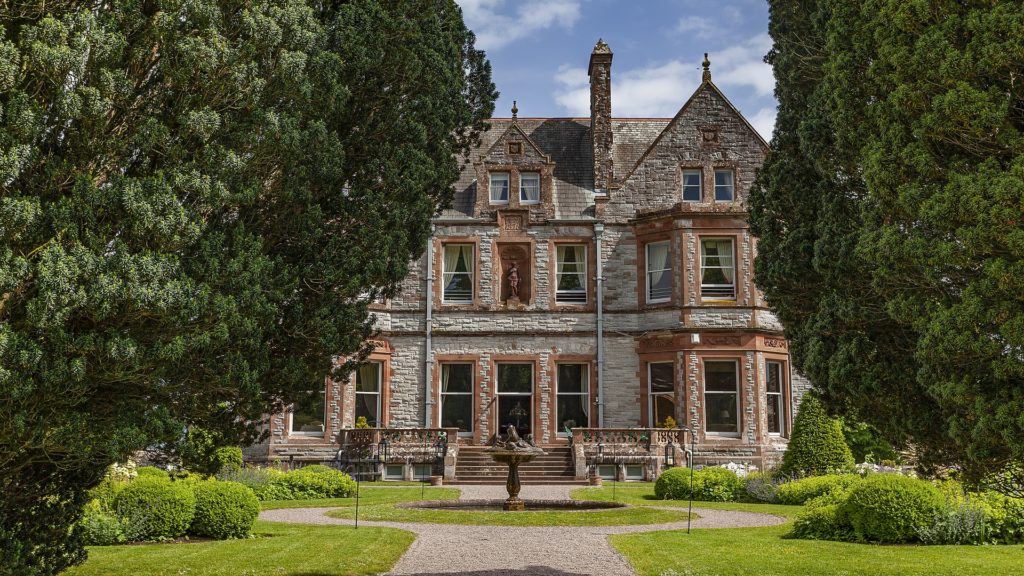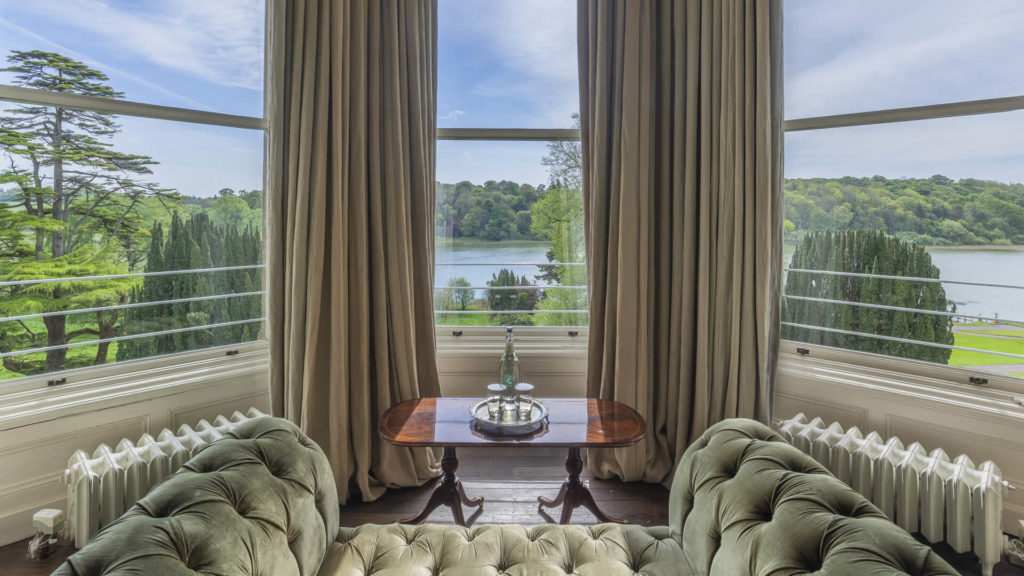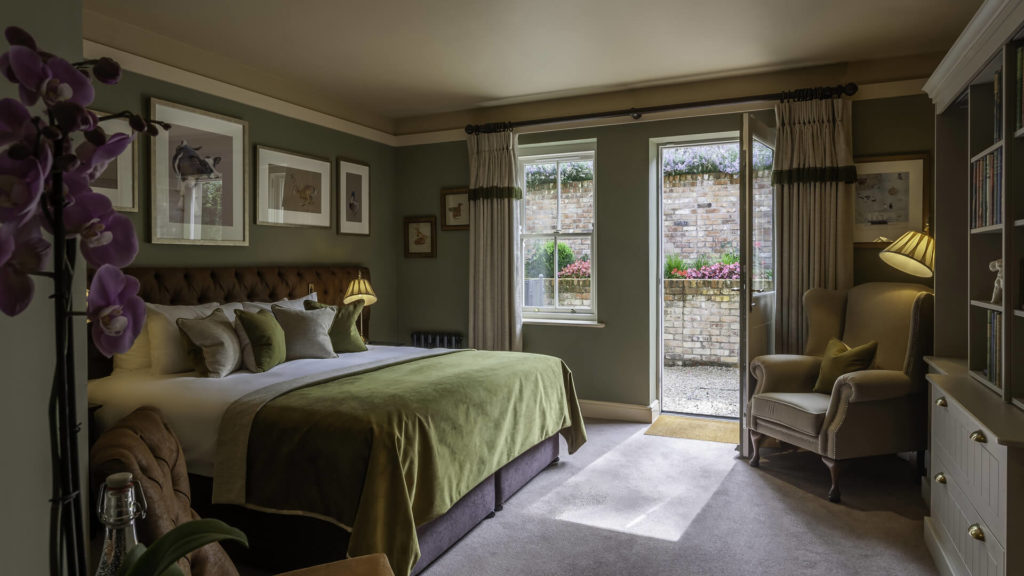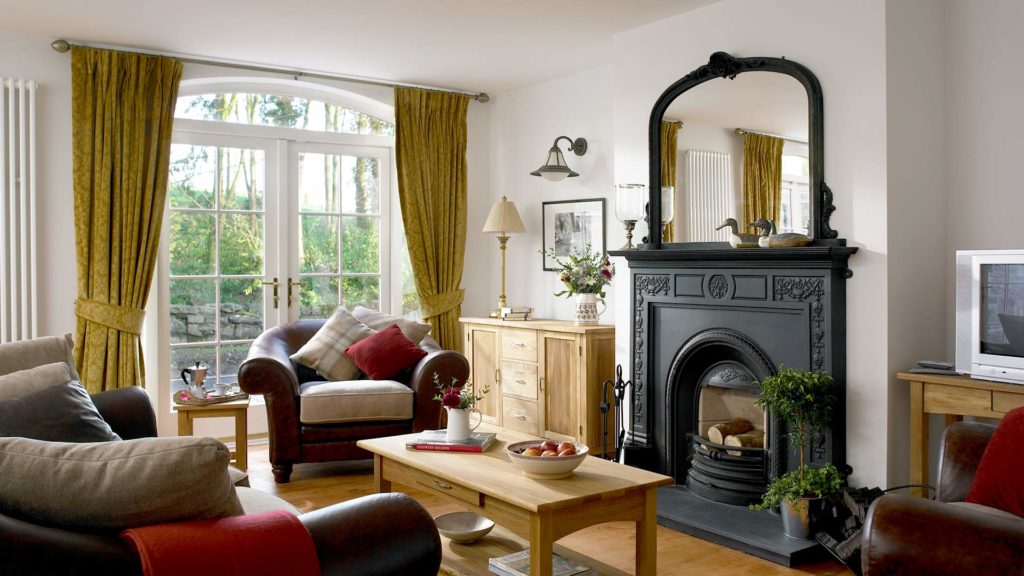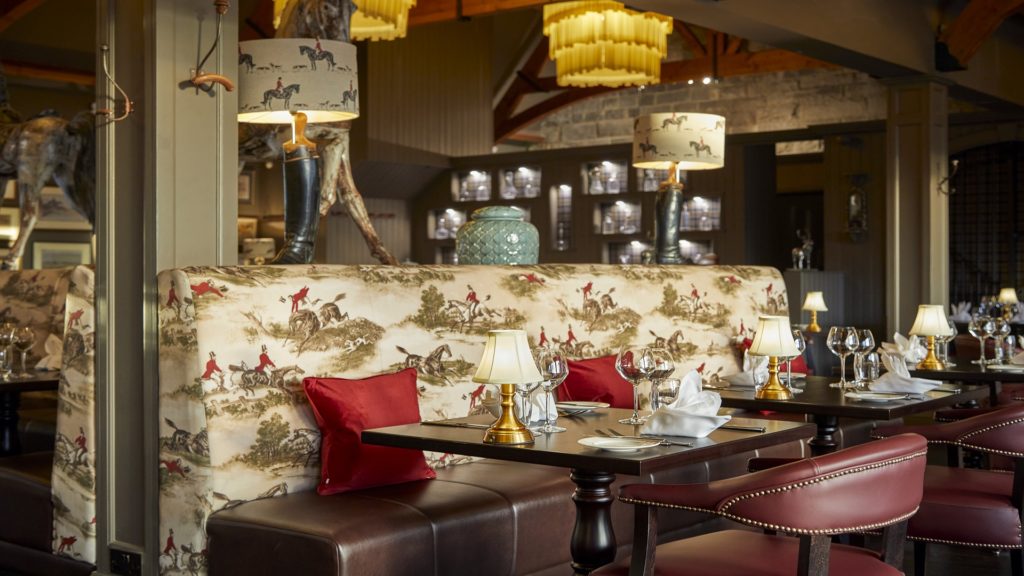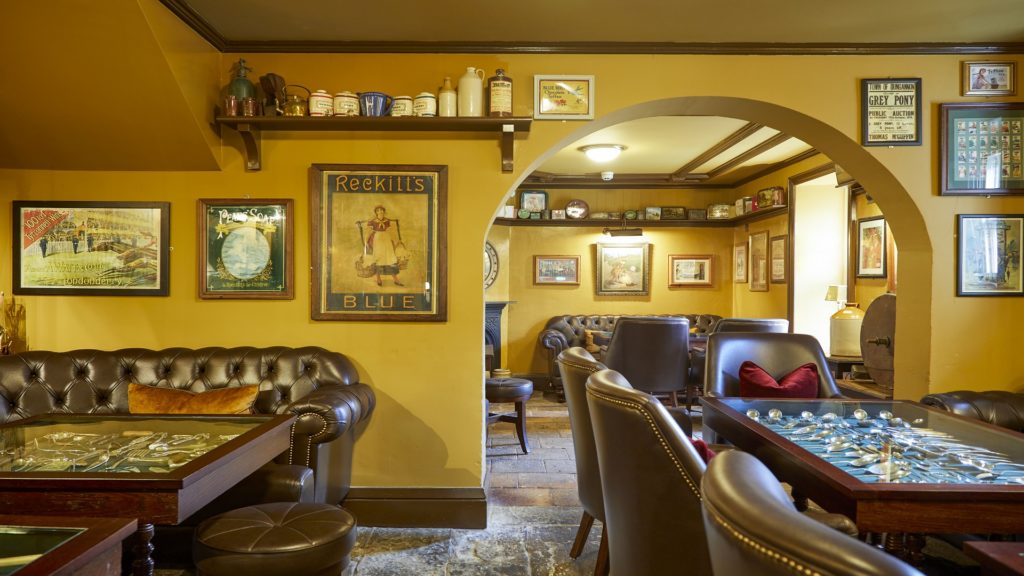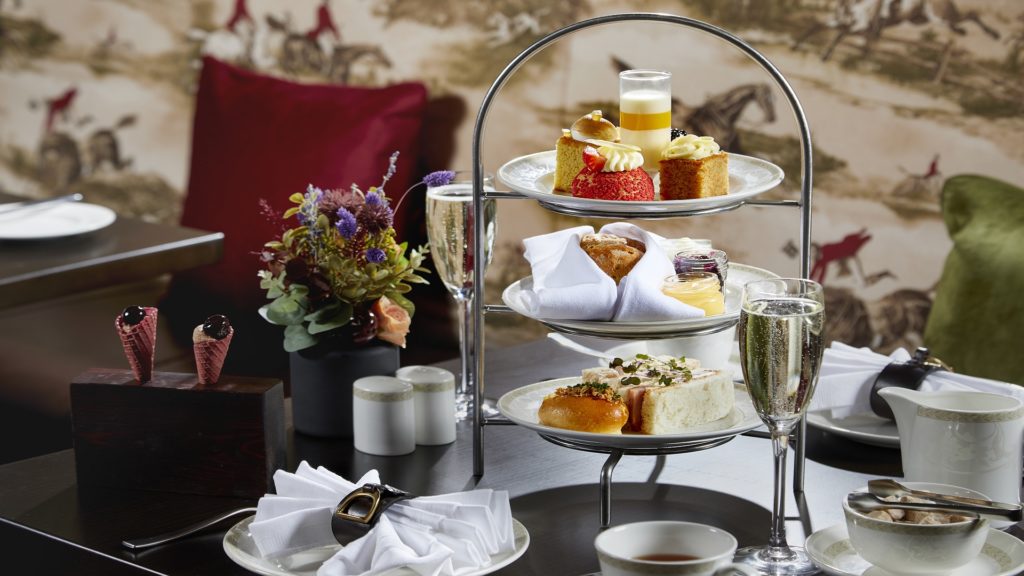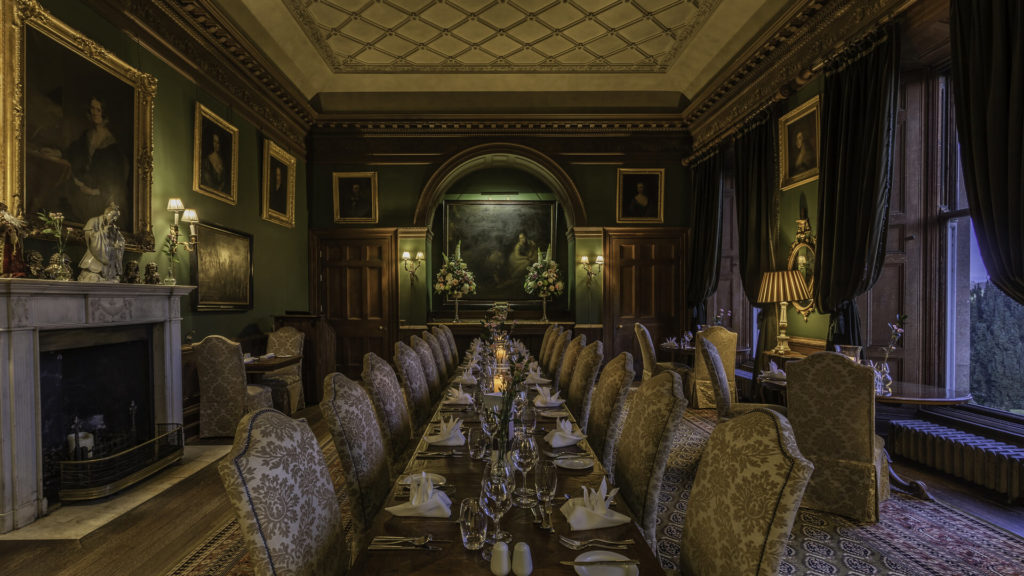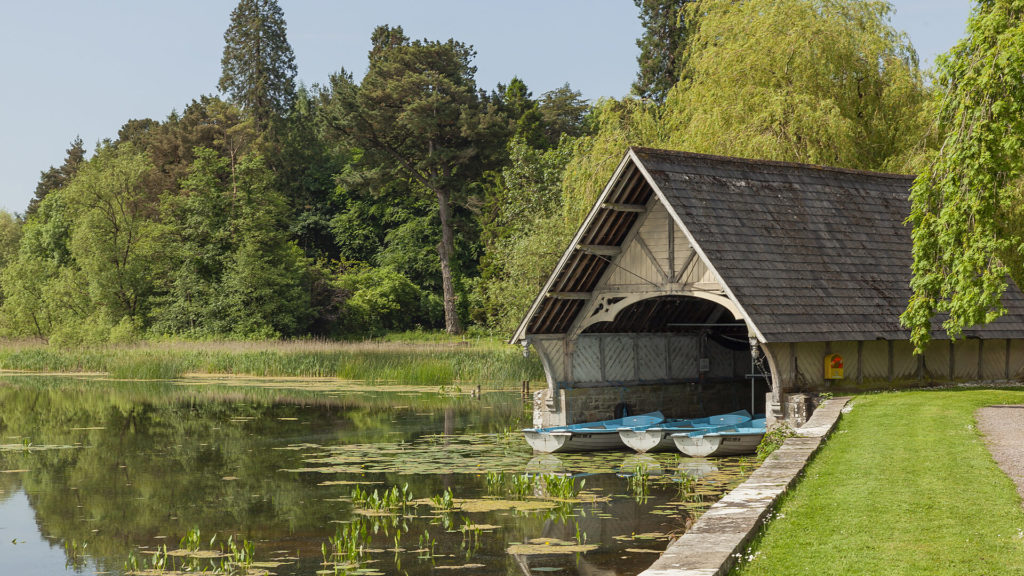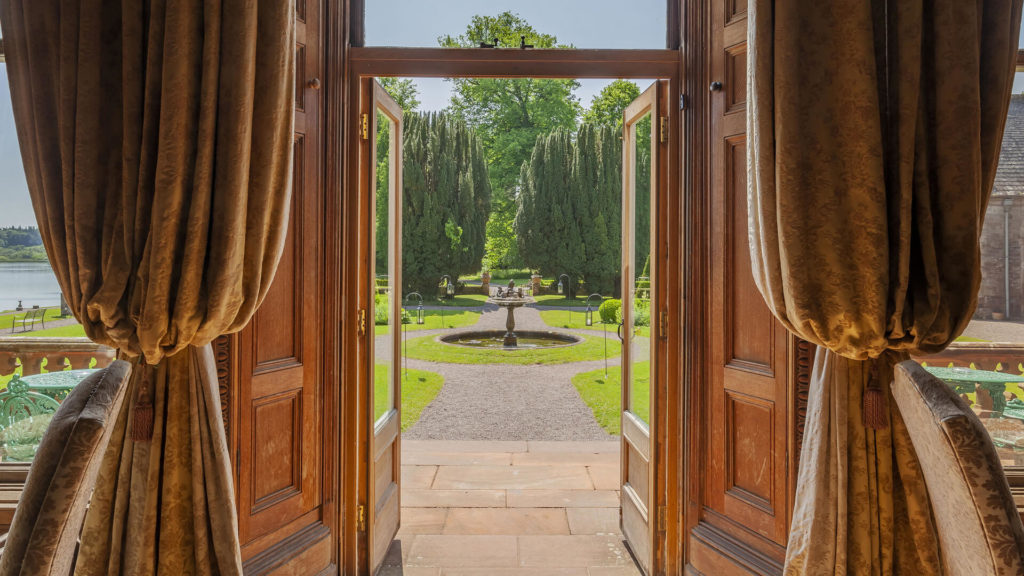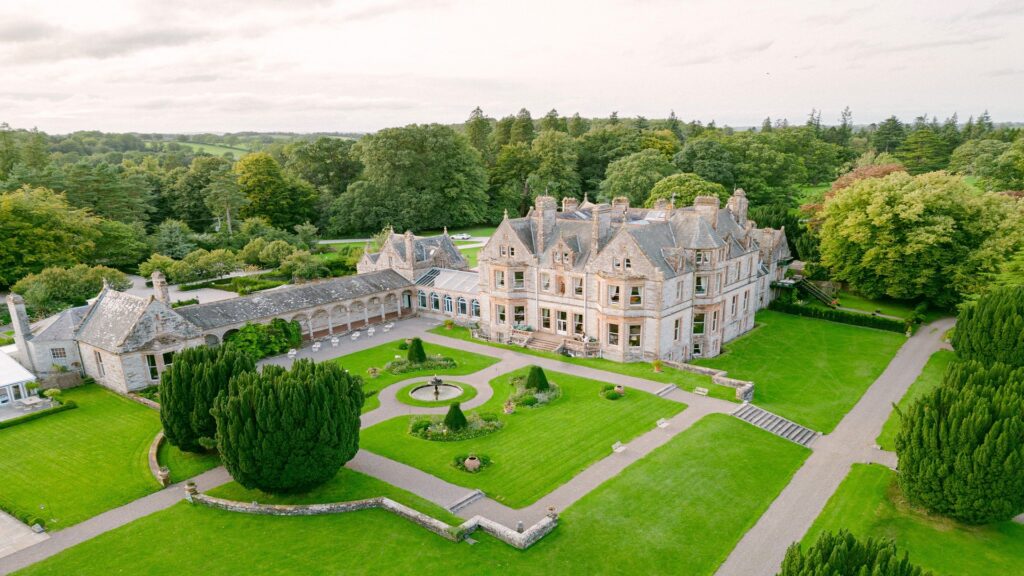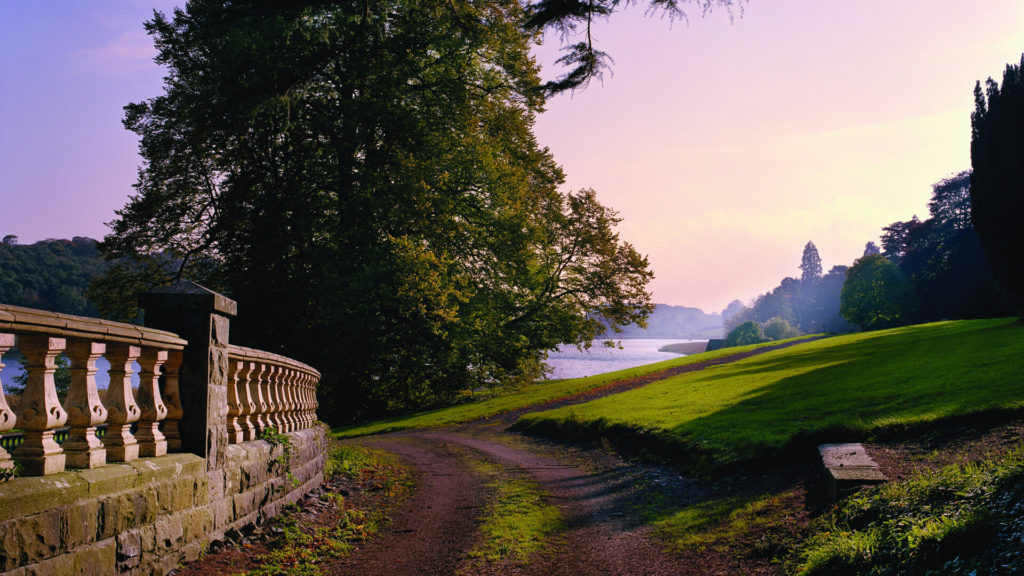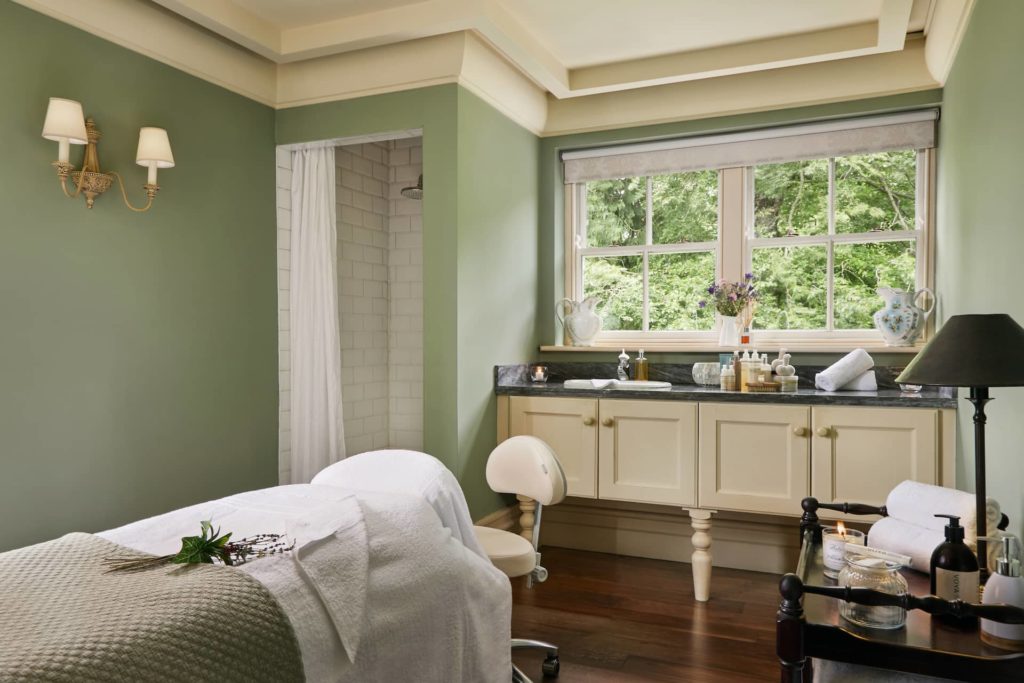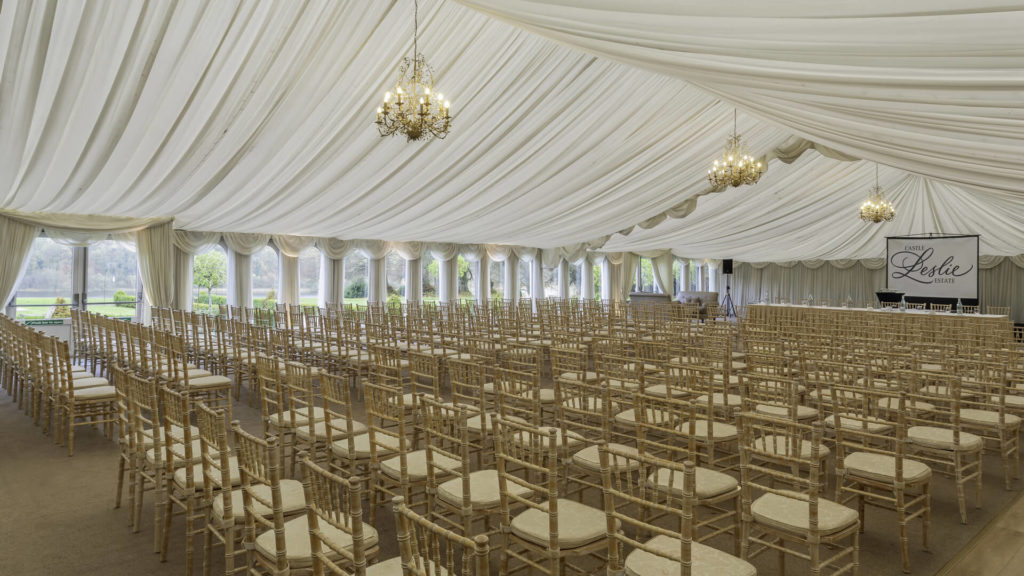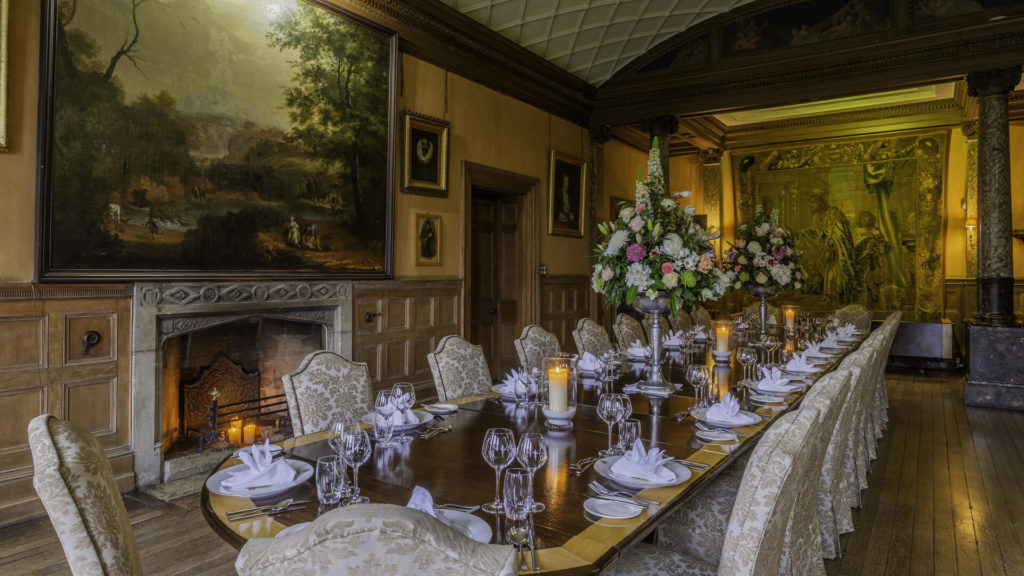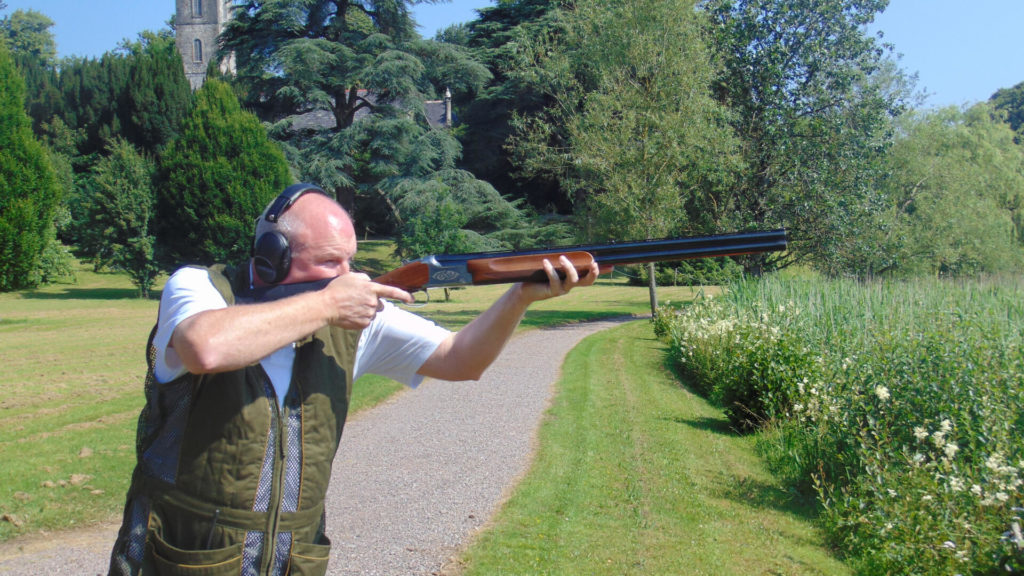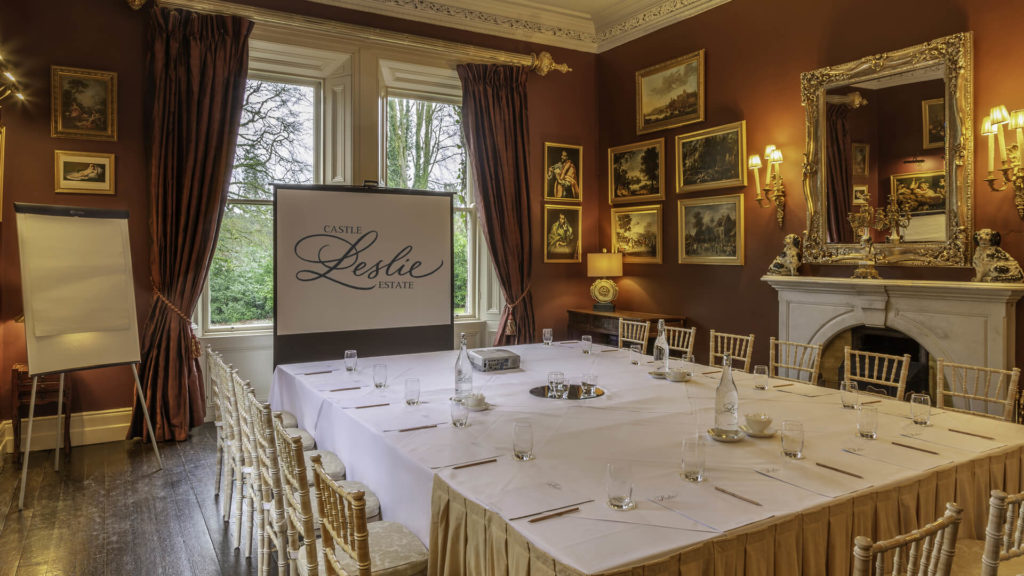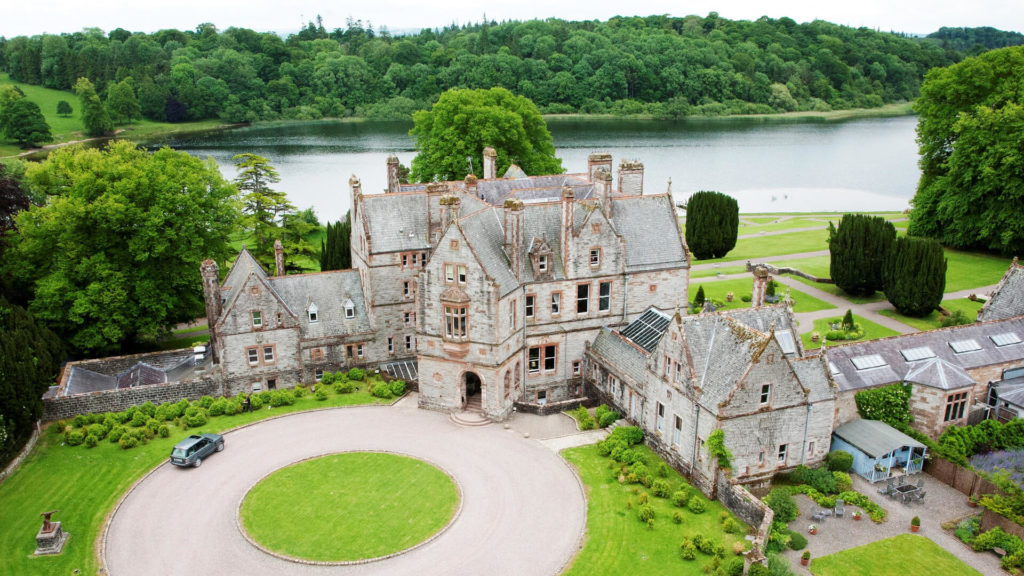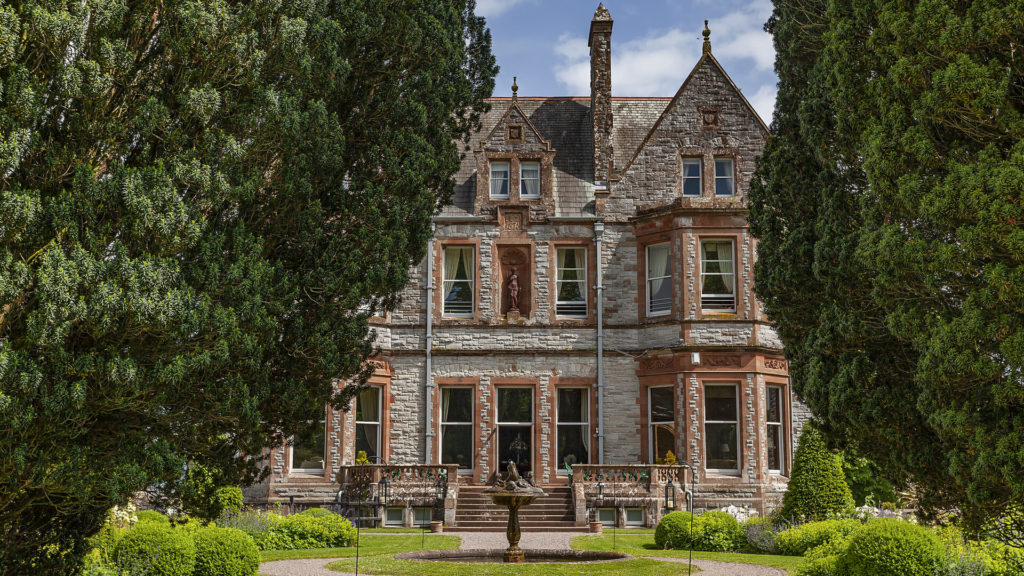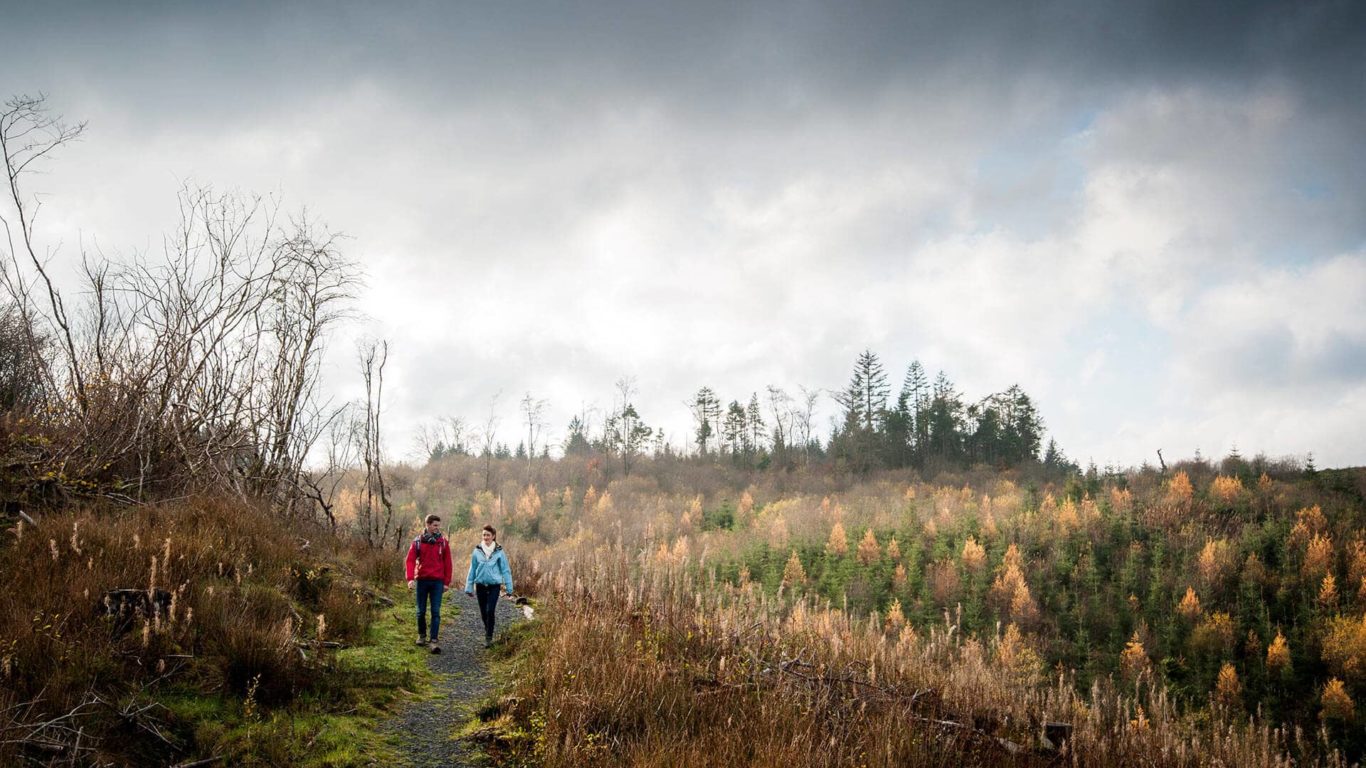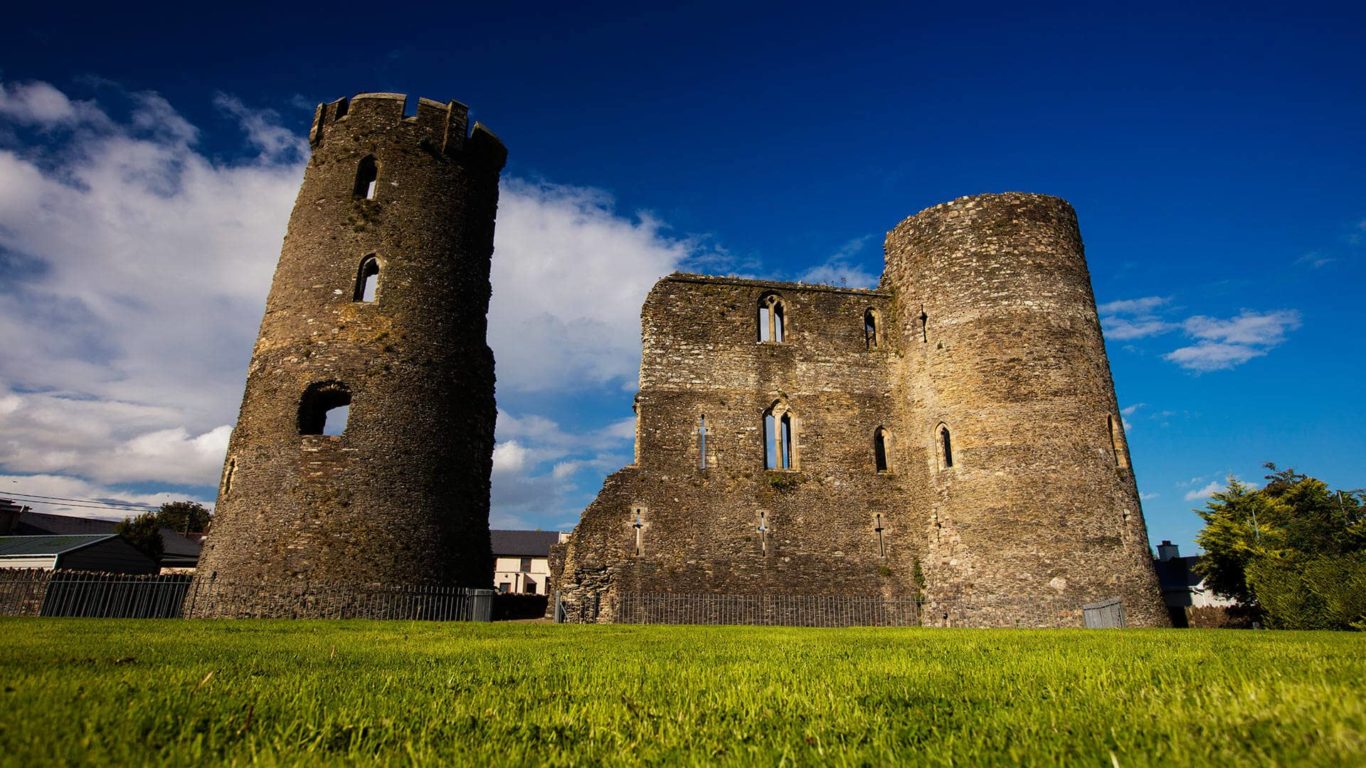Ireland’s Ancient East
LOCAL AREA
Click here to view our special Offers.
Ireland’s Ancient East is a wonderful new opportunity to experience 5000 years of European history in a compact area on the East Coast of Ireland. Get off the beaten track to see, hear, touch and feel the imprints of the millennia of settlers in this land. Ancient Man, Early Christians, Medieval Lords, Colonial Settlers and their descendants have all been seduced by these most lush, green and fertile lands.
Castle Leslie Estate is the perfect place to stay and explore Ireland’s Ancient East. We are steeped in history and have ties to Ancient Ireland, Early Christian Ireland, Medieval Ireland and Anglo Ireland. See some examples below of our connections to these themes:
Ancient Ireland
A mere 20km from Castle Leslie Estate lies the Navan Fort in Co. Armagh. It is steeped in Irish mythology and was one of the great royal sites of pre-Christian Gaelic Ireland and the capital of the Ulaidh, the people who gave their name to the province of Ulster. It is one of a small number of sites identified as a pre-historic provincial capital in Ireland, along with another famous one being the Hill of Tara.
Early Christian Ireland
Armagh city is regarded as the ‘ecclesiastical capital of Ireland’ and has significant links to St. Patrick (he established his first church there, now St. Patrick’s Cathedral (Church of Ireland)). Armagh is a neighbouring county of Monaghan and only 19km from Castle Leslie Estate. Located in Glaslough itself is the ruins of old Donagh church and graveyard. This church was also apparently established by St. Patrick and is home to the Donagh High Cross. It is believed that this cross was once used as an inauguration site for leaders of the McKenna clan (the primary gaelic chieftains in North Monaghan before the Ulster Plantations began in full force and before the Leslies came to Glaslough) – a handful of McKenna chieftains are also believed to be buried in the graveyard. At some point in history the cross was knocked down and lost within the grounds of the graveyard until being rediscovered in approx. 1910 by Sir Shane Leslie (Sir Jack’s father) and restored to its present location within the grounds.
Medieval Ireland
Castle Leslie Estate was established towards the very end of the Medieval period – Glaslough was however the site for the Battle of Drumbanagher in 1689, often hailed as the first battle of the Williamite war, fought between James II and William III of England. The aforementioned McKenna chieftains took part, as did other local families, namely the Anketell family. The Leslie’s however didn’t take part, owing to the fact that Rev. Charles Leslie (the head of the Leslie family at the time) had been a critic and opponent of King Williams and had just narrowly escaped arrest for high treason by fleeing to France at this time. Drumbanagher is also believed to have been the centre of a Viking settlement from the 10th century – one that on occasion would see those same Vikings attack the nearby old church of Donagh on a regular basis.
Anglo Ireland
2015 marked the celebration of 350 years of the Leslie family at Glaslough (1665-2015), from the initial purchase of the Glaslough demesne by the ‘Fighting Bishop’ John Leslie in 1665, up to the present day where Castle Leslie Estate continues to be ‘one of the last great Irish estates still in the hands of its founding family’.
Click here to download a copy of the Leslie Family History brochure.
Ultimately, Castle Leslie Estate is one of the best places for activity holidays Ireland has to offer.
Click here for a full list of our Ireland’s Ancient East Offers.
